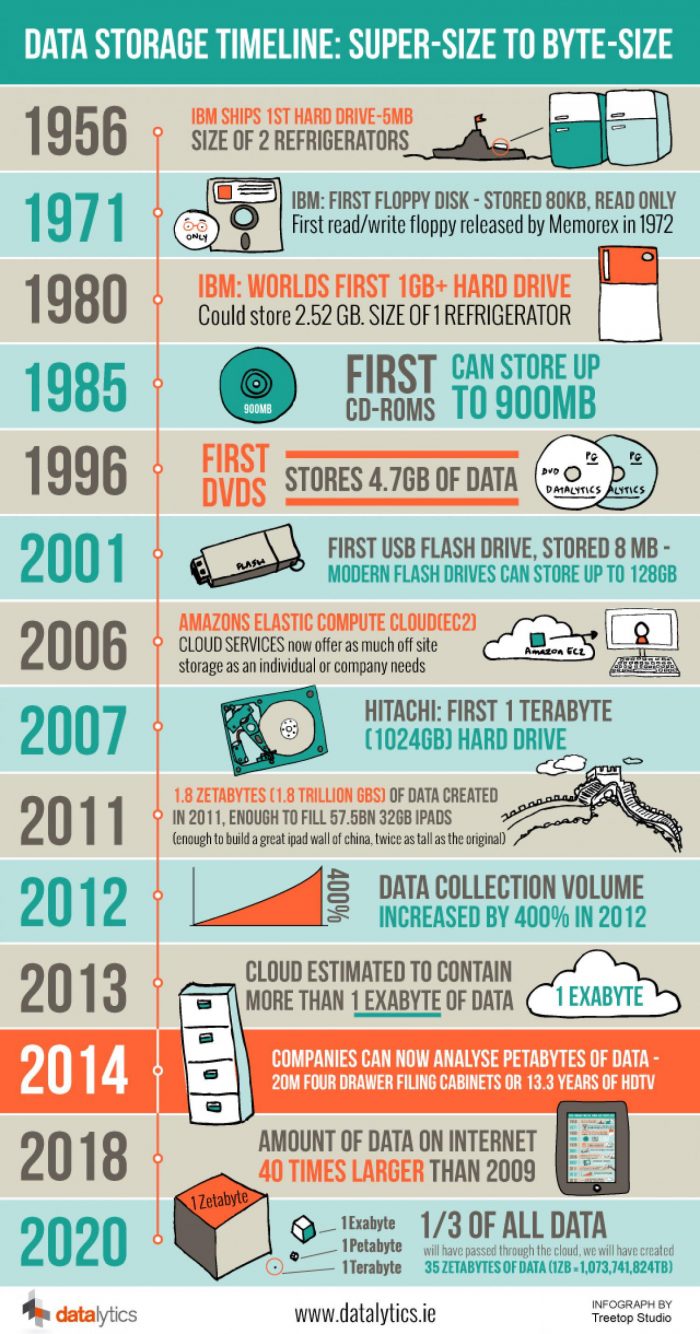
Imagine a world without computers. For most people today, that’s basically impossible. So much of what we do every day is controlled by computers, and has been for decades—in fact, it’s hard to imagine a time when they didn’t exist at all. But of course, there was such a time, and in the span of just a few short years (between 1956 and 2020), computers went from being non-existent to being a staple in almost every household—not to mention every business, school, and government organization.
That’s why it’s so fascinating to look back at how far computer storage has come since those early days. When you look at the numbers and see how much storage has increased over the years, it’s staggering! Keep reading to discover just how far we’ve come since the mid-20th century:
As you can see, computer storage has changed drastically over the years. It’s gone from a hefty roll of paper with punch holes in it (punched cards) to a super small flash drive that fits in your pocket. It’s interesting to see how these methods all built off each other. For example, magnetic core memory was invented, then made obsolete by semiconductor RAM and hard drives. Then flash storage came along, but we still use hard drives today for their massive storage capacity, even though flash drives are preferred for performance and portability reasons. Even more impressive is how computers have gotten smaller and more powerful over the years. The ENIAC took up an entire room! By contrast, today you can do nearly an infinite amount of computing on a phone that fits in your hand.
